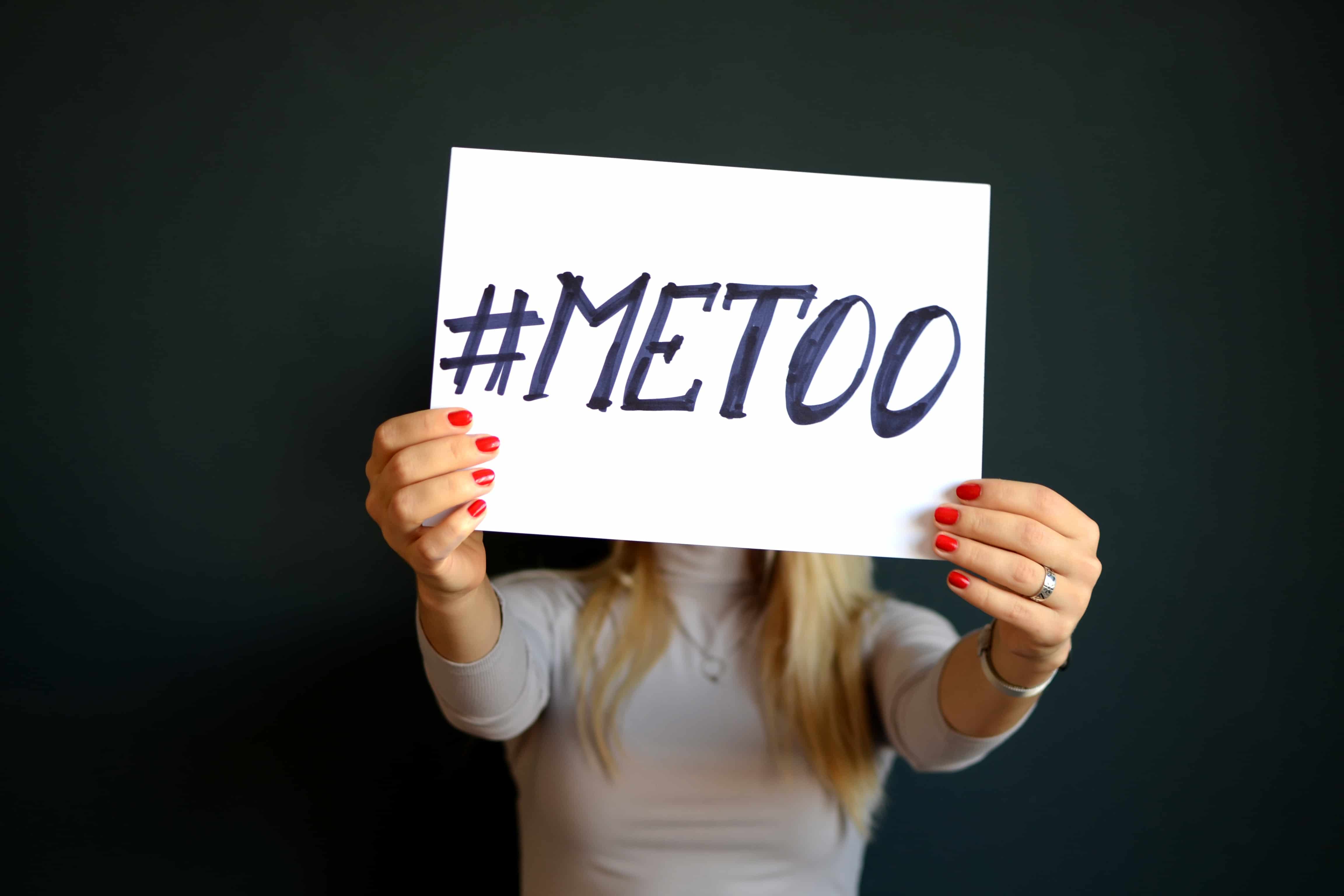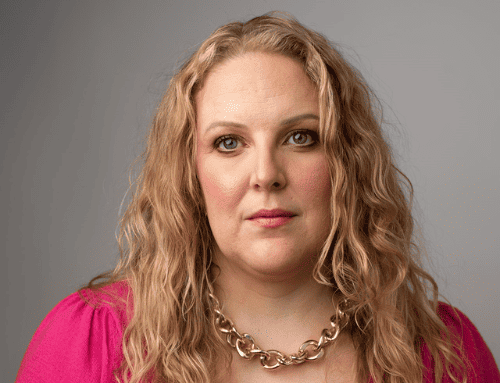Without looking, can you guess what tops CTV’s list of the eight biggest Canadian political stories of 2018?
It’s “#MeToo Hits Parliament Hill” – this year’s coverage of revelations about inappropriate behaviour by some Canadian politicians, as well as changes to sexual harassment policy and regulation in the federal sphere.
Even those of us who aren’t in politics have felt the broader impact of the #MeToo Movement in Canada over the past year. The movement — which advocate Tarana Burke started in 2006 — has continued to make headlines and influence our conversations about sexual assault and harassment.
While this momentum is ground-breaking, there remains much to do to ensure it leads to lasting systemic change on sexual assault and harassment. The progress set in motion by #MeToo is far from done.
Here are three key ways we’ve seen the #MeToo Movement influence Canada so far, and why we have to keep up the momentum:
1. More women are seeking help to rebuild their lives after sexual assault:
When the #MeToo Movement went viral, it encouraged more women in Canada to seek help in dealing with sexual assault. Yet, many of those who reached out to sexual assault centres have encountered months-long waiting lists and uneven levels of service depending on where they live. Across the country, sexual assault service providers are struggling to keep up with higher demand.
Why we have to keep up the momentum: It’s encouraging that the federal government recently announced $50 million in funding for programs that support survivors of gender-based violence and has also promised more funding for sexual assault centres at universities. But we must continue to measure such investments against the diverse needs of ALL women across Canada, and ask ourselves whether adequate services are being provided in rural and remote communities, as well as whether they are accessible and culturally sensitive. Earlier this year, the Canadian Women’s Foundation partnered with AFTERMETOO, a national movement to activate change on sexual violence in Canada, to create a fund that addresses the increased demand on sexual violence support services across Canada.
2. More women are reporting sexual assault to police:
More people reported sexual assaults to police in 2017 than any year since 1998, according to Statistics Canada. This translated to a 13% increase in police-reported sexual assault in 2017, much of which happened in October and November, at the height of the social media attention around the #MeToo Movement.
Why we have to keep up the momentum: Although more women may be reporting to police, sexual assault has long been one of the most under-reported crimes because women often dismiss their experiences as not important enough, or fear they won’t be believed, or that they’ll be re-victimized in the reporting process.Statistics Canada estimated that in 2014, only 5% of sexual assault was reported to police, a ratio that hadn’t changed much since 2004. Law enforcement must continue to address these issues, and build on the progress that’s been made since the Globe and Mail’s Unfounded Investigation. We must also continue to address the many barriers sexual assault survivors face in the justice system, from ensuring the availability of affordable legal assistance, to changing victim-blaming narratives and biases in the courts.
3. More employers are reviewing their approach to sexual harassment complaints: Human Resources Professionals and employment lawyers have noted increased reports of sexual harassment in the workplace since #MeToo started. High-profile allegations are prompting companies to review their sexual harassment policies and training, and we’re seeing some industry-wide initiatives around prevention. For example, members of Canada’s creative industries joined to develop a zero-tolerance policy for sexual assault and harassment, as well as a framework for reporting and resolving complaints.
Why we have to keep up the momentum: Only 16% of Ontario workplaces have a stand-alone policy on sexual harassment, according to the Human Resources Professionals Association. The Association recommends that a stand-alone policy, as well as mandatory training on sexual harassment are among the “most important signals” organizations can send to employees when it comes to creating a zero-tolerance culture toward harassment.
We also have to ensure that sexual harassment policies include and protect those working in precarious jobs. Research has shown that women in unstable or contract jobs experience higher rates of sexual harassment. Given the increase in precarious work, particularly for the younger generation, we need to develop ways to prevent women from falling through the cracks.
The good news is that as we move into 2019, the #MeToo movement will continue to evolve. Many survivors have already bravely taken the first step forward, and now it’s up to Canada as a whole to continue the work needed to address and prevent sexual assault and harassment.
Learn More:







